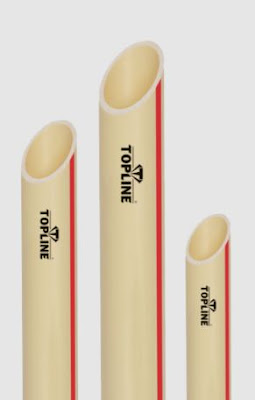The top advantages of CPVC Pipes:

The name CPVC refers to chlorinated polyvinyl chloride, which is important since, in contrast to other materials, CPVC pipe has an advantage when dealing with normal water treatment chemicals. Chlorine molecules in the pipe successfully spoil the attack of the chloramine and chlorine molecules in the water supply, making the material resistant to chloramine degradation and increasing its lifespan. CPVC pipes and fittings are also not susceptible to harmful leaching and are practically impermeable. Let's look at the top advantages of CPVC pipes: Temperature friendly: A lot of plumbing systems start to fail at extremely high temperatures. Plumbing pipes may become damaged by extreme temperature changes in the water, leading to leaks and pipe breaks. CPVC pipes , however, are a preferred choice because they can resist water temperatures of up to 93 degrees Celsius. Where hot and cold water applications are required, selecting a plumbing system made by the best CPVC ...
